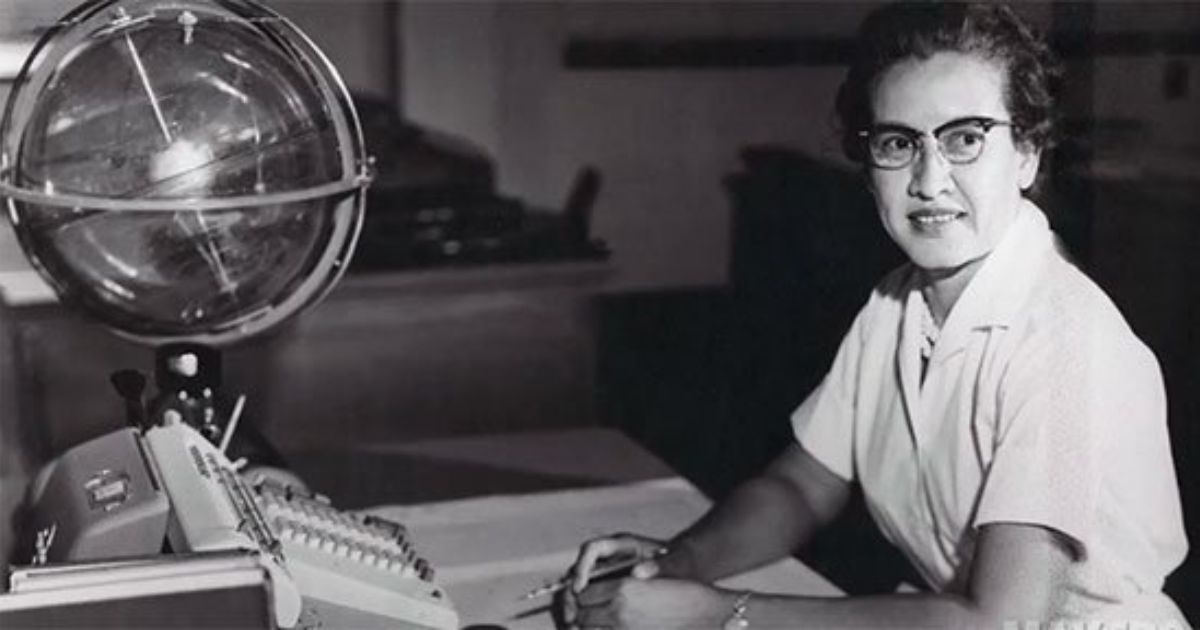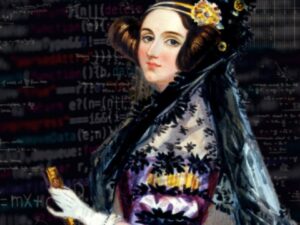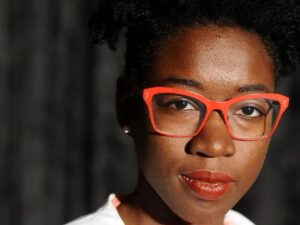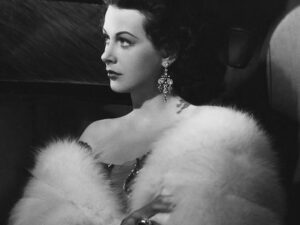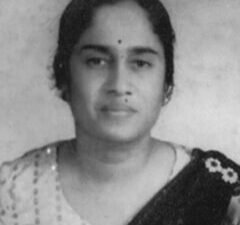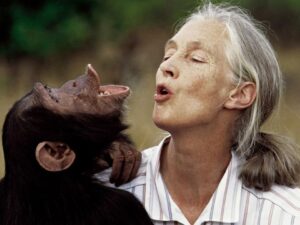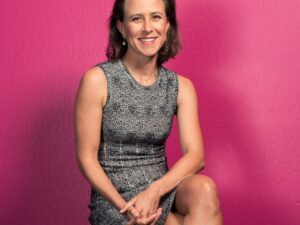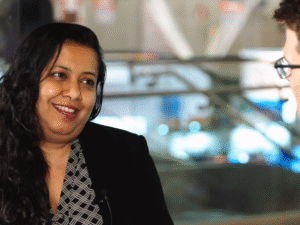Marie Curie is a name that echoes through the halls of science. She was the first woman to win a Nobel Prize, the first person to win it twice, and the only person ever to win in two different scientific fields.
Her story is one of determination, brilliance, and groundbreaking discoveries that changed medicine and physics forever. If there’s one woman in science whose legacy continues to inspire, it’s Marie Curie.
Marie Curie: A Brilliant Mind Against All Odds
Marie Curie was born as Maria Skłodowska in Warsaw, Poland, in 1867. From an early age, she displayed an insatiable curiosity for learning, but being a woman in 19th-century Poland meant higher education was not an option.
🚫 Universities did not admit women.
🚫 Scientific research was dominated by men.
🚫 Opportunities for female scientists were almost nonexistent.
But Marie refused to let these obstacles define her.
💡 She secretly attended an underground university in Poland to study science.
💡 She worked as a governess to save money for her education.
💡 At 24, she moved to Paris and enrolled at the Sorbonne, where she earned degrees in physics and mathematics—despite living in poverty.
Her perseverance laid the foundation for a career that would change science forever.
Marie Curie Discovered the Power of Radioactivity
In 1894, Marie met Pierre Curie, a physicist who recognized her genius. They married a year later and became research partners, diving into the mysterious world of radioactivity—a term Marie herself coined.
🔬 In 1898, the Curies discovered two new elements: Polonium (named after her homeland, Poland) and Radium.
🔬 Their research showed that atoms were not indivisible—a groundbreaking idea that challenged the scientific world.
🔬 In 1903, she became the first woman to win a Nobel Prize (in Physics), along with Pierre Curie and Henri Becquerel.

At a time when women were expected to stay in the shadows, Marie Curie lit up the world with her discoveries.
A Nobel Prize-Winning Woman Who Kept Breaking Barriers
In 1906, tragedy struck. Pierre Curie died in an accident, leaving Marie devastated.
💡 But she didn’t give up.
She took over his position at the University of Paris, becoming the first female professor in its 650-year history.
💡 In 1911, she won her second Nobel Prize—this time in Chemistry—for isolating pure radium.
No other person in history has won Nobel Prizes in two different sciences.
Marie Curie Discoveries Saved Millions of Lives
Marie Curie’s work was not just about theory—it saved lives.
🚑 During World War I, she developed mobile X-ray units, known as “Little Curies,” that helped battlefield doctors diagnose injuries.
💡 Her research on radiation led to treatments for cancer, laying the foundation for modern radiotherapy.
Today, every radiation therapy, X-ray, and cancer treatment owes something to Marie Curie’s discoveries.
A Legacy That Still Shines Bright
Marie Curie passed away in 1934 due to prolonged exposure to radiation—a risk she never fully understood at the time.
But her legacy is immortal.
🎖 She remains the only person to win two Nobel Prizes in different sciences.
🎖 Her daughter, Irène Joliot-Curie, won a Nobel Prize in Chemistry, continuing her mother’s legacy.
🎖 The Curie Institute, founded in her name, is one of the world’s leading medical research centers today.
Marie Curie proved that science is not a man’s world—it belongs to those bold enough to pursue it.
Why We Need More Women Like Marie Curie in Science
🔬 Women make up only 28% of the global STEM workforce.
🔬 Only 3% of Nobel Prize winners in science have been women.
🔬 Despite progress, female scientists still face funding gaps and fewer leadership roles.
Marie Curie’s story reminds us why representation matters. She showed that women can lead, innovate, and change the world—if given the chance.
Final Thoughts: Inspiring the Next Generation of Women in Science
Marie Curie wasn’t just a scientist.
She was a pioneer, a leader, and a symbol of resilience.
Her story proves that genius knows no gender. That hard work and passion can break barriers. That women belong in science—and should never be afraid to chase their dreams.
🚀 Because the next Marie Curie could be a girl reading this today.

